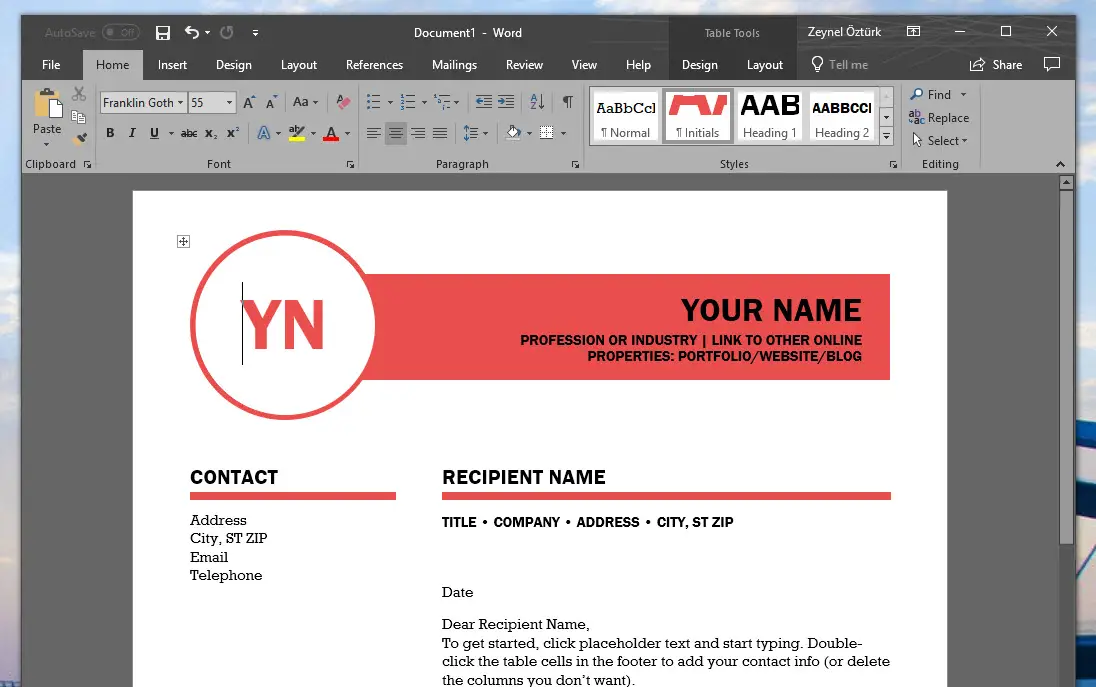

HOW TO TURN ON AUTOSAVE IN WORD 2018 HOW TO
My wish is that - at the very least - the default for Autosave could be Off rather than On - maybe it can be but I can't find how to make it so. I'd like to go back to just 'do you want to save changes?'.Įither way, it adds unnecessary time and stress to what was previously a quick, straightforward process. It's quite tricky - the 'what do you want to do' window that Microsoft puts up when you row back is ambiguous to my eye. I then find that Autosave has overwritten the original and I have to go into version history to get back to the original then restore it (if I have forgotten to turn Autosave off right at the start) having saved the 'new' version under a different document name as usual. I should explain that I make my living as a writer (often on horseback) so I don't work with templates but rather, I tend to reversion or modify an existing article for a different application (online, press release, website etc.). I guess I'll have to learn how to use it now then per your advice. You will not get a different answer elsewhere. If you are getting automatic saves overwriting your document, something other than Word, itself, is in action. See Automatically backup Word documents for more on this. Turning these on or off will not change what you are apparently seeing. It can also save a recoverable version if Word is ended without your work being saved. It can save a backup every time you save your document. Word does NOT have an autosave feature that overwrites your existing document. You may want to start here:īasic Concepts of Microsoft Word - from Shauna Kelly If you've been using Word for years, it is about time you learned to use it. When saved, it will not overwrite your document. With a template, Word automatically creates a new document, based on the template, for you to use.

Your "base document" should be a Word template rather than a document. If you need to turn on and set Autosave in Excel/PowerPoint 2016, similarly open the Excel/PowerPoint Options window to perform similar actions.Here's another person riding in on a high horse. So you turn on and set Autosave in Word 2016, and the feature takes effect in all Word documents. Make sure the ‘Allow background saves’ box ticked, and finally click OK to save the changes. Step 4: Click the Advanced tab on the left-side pane, and then locate the Save section on the right-side pane. Moreover, tick the ”Keep the last autosaved version if I close without saving” box. Tick the ”Save AutoRecover information every” box and set how often it automatically saves the Word document, 3 minutes, 5 minutes, or other value depending on your own desire. Step 3: After the Word Options window opens, select the Save tab on the left-side pane, and then locate the ”Save documents” section on the right-side pane. Step 2: Click the File tab on the menu bar, and then in the Backstage click Options. Step 1: Open your Word document with Microsoft Word 2016. Below I will use Microsoft Word 2016 as an example. How to turn on and set Autosave in Microsoft Word/Excel 2016īoth in Word and in Excel, the steps are the same. Now, this post will describe how to turn on and set Autosave in Word/Excel 2016. In such a case, you can turn on the Autosave feature in Microsoft Word/Excel to automatically save documents being edited at a certain time interval to minimize/prevent data loss if the application is unexpectedly closed. While reading/editing document in Microsoft Word/Excel, occasionally you may encounter sudden power failure, application crash, or computer crash so that the Word/Excel document is forced to close before you can save the data.


 0 kommentar(er)
0 kommentar(er)
